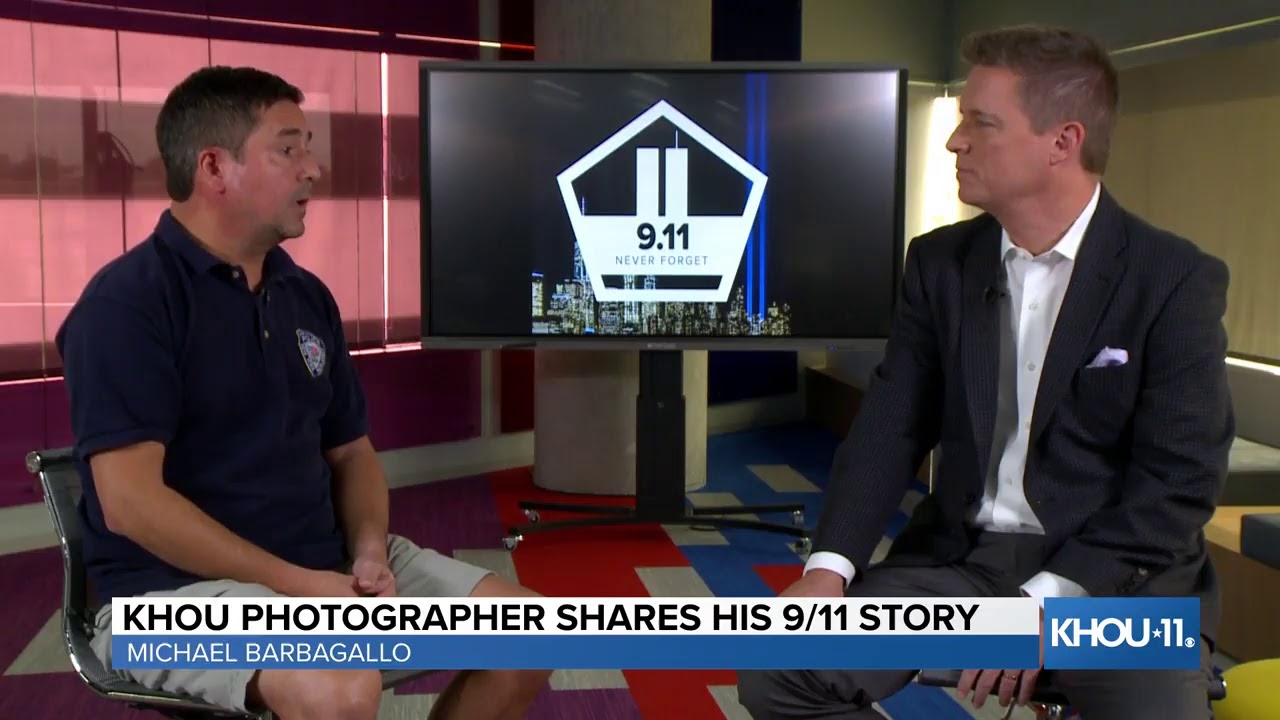Alright, so today I’m gonna walk you through my little adventure with something called “michael barbagallo.” I stumbled upon this name while trying to figure out a better way to organize my ever-growing collection of digital photos. Sound familiar? Yeah, I bet.

It all started when I realized my Google Photos was a disaster. Years of random phone snaps, screenshots, memes, and everything in between. Finding anything specific was like searching for a needle in a haystack. I knew I needed a system, but I didn’t want anything too complicated. I’m not a photographer, just a guy who likes taking pictures of his dog, mostly.
So, I started googling around for photo organization strategies. I ended up down a rabbit hole (as you do) and that’s where I found some forum threads mentioning “michael barbagallo” in relation to Lightroom workflows. Apparently, this dude had some thoughts on how to efficiently import, cull, and edit photos.
First things first: Research. I spent a couple of hours reading through those forums, trying to get a sense of what this “michael barbagallo” approach was all about. The core idea seemed to be about creating a clear, consistent folder structure, using keywords effectively, and having a solid workflow from import to export.
Next up: Lightroom. I already had Lightroom installed, but I’d been mostly using it for basic edits. This “michael barbagallo” thing seemed to suggest using Lightroom’s library module to its full potential. So, I dove in. I started by creating a new catalog just for testing. I didn’t want to mess up my existing mess.
The Folder Structure: This was the big one. The “michael barbagallo” inspired folder structure was something like this:

- Year
- Year_Month
- Year_Month_Day_Event
So, for example, I created a folder called “2024”, then inside that, a folder called “2024_05”, and then inside that “2024_05_15_DogPark.” Pretty straightforward, right?
Importing and Renaming: Now came the fun part: importing my photos. I started with a small batch from a recent trip to the dog park. Lightroom has this handy feature where you can automatically rename files during import. I set it up to rename them like “DogPark_*,” “DogPark_*,” and so on. This made it much easier to keep track of which photos were which.
Culling the Herd: This is where things got a little tedious. I went through each photo, one by one, and flagged the ones I wanted to keep. This is crucial. You HAVE to be ruthless. Don’t keep every slightly-out-of-focus shot. I used the “P” key to flag my picks and the “X” key to reject the rest. Once I was done, I filtered the view to only show the flagged photos. Way less overwhelming.
Keywording: Alright, keywording. This is where the “michael barbagallo” method really shines, at least from what I gathered. I added keywords to each photo to describe what was in it. So, for photos of my dog, I added keywords like “dog,” “golden retriever,” “park,” “fetch,” “happy.” The more specific you are, the easier it will be to find photos later. Lightroom lets you create keyword sets, which makes this process a lot faster.
Editing: Once I had all my photos organized and keyworded, I did some basic edits in Lightroom. Just tweaking the exposure, contrast, and color balance. Nothing too fancy.

Exporting: Finally, I exported the edited photos to a new folder. I chose a reasonable resolution and quality setting. Then, boom, done.
The Results
Okay, so did this “michael barbagallo” inspired system actually work? Yeah, I think it did. After doing this with a few batches of photos, I noticed a huge difference. Finding specific photos was way easier, and my Google Photos mess didn’t seem so daunting anymore. The key is to be consistent and to stick to the system. I’m not perfect, and I still have a ton of photos to organize, but at least I have a plan now. It’s all about small steps and being a little bit more organized each day.
The biggest takeaway? Don’t be afraid to experiment with different workflows until you find something that works for you. This “michael barbagallo” thing might not be perfect for everyone, but it gave me a solid foundation to build upon. And hey, anything that helps me find those adorable dog pics faster is a win in my book.
